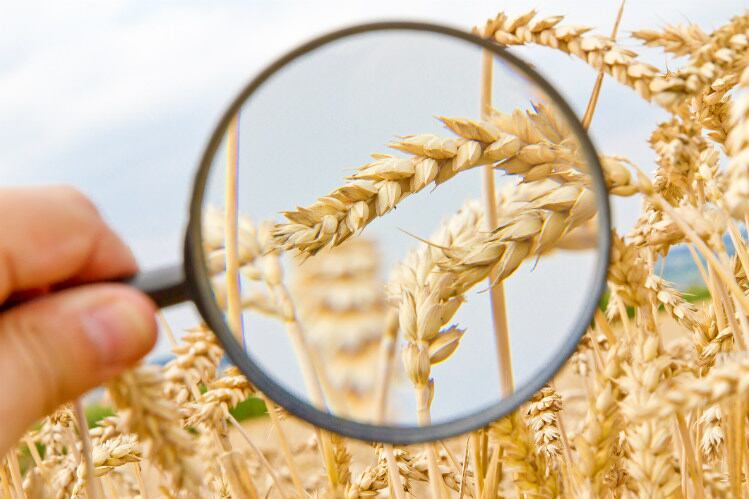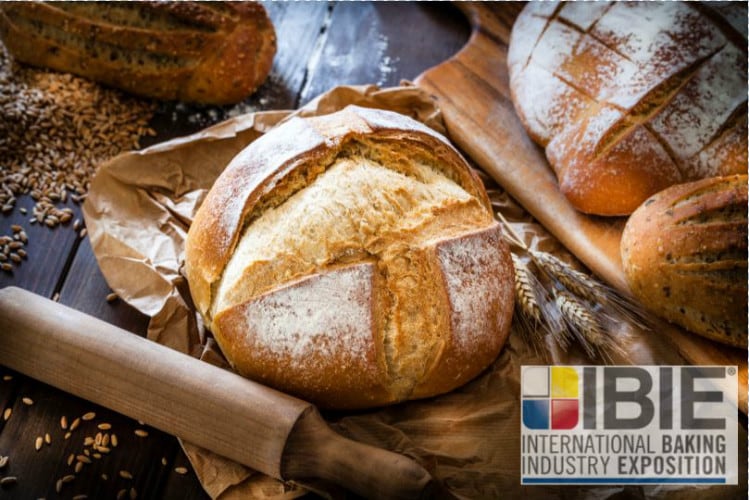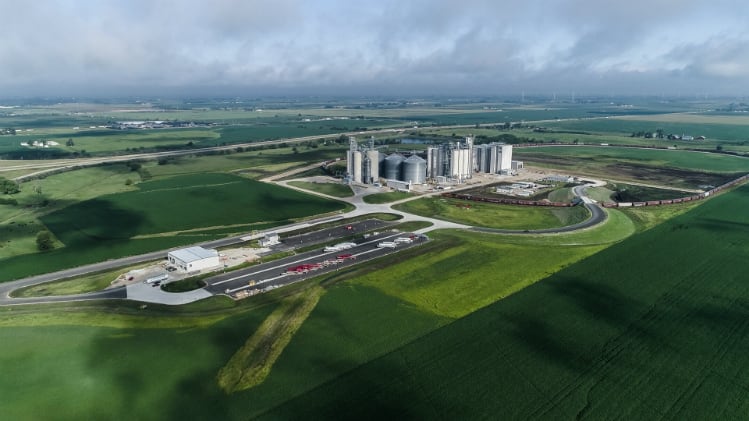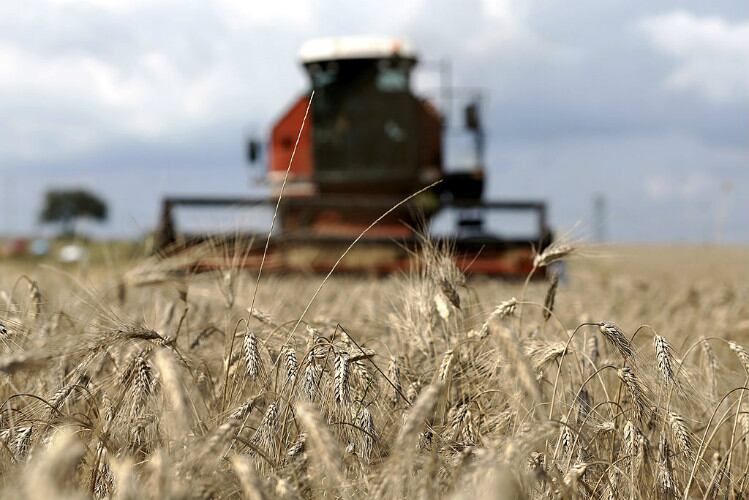Arcadia calls this line of non-GM (not genetically modified) ingredients GoodWheat, for which it has received more than a dozen patents – including, most recently, for its reduced gluten strain. It contains less than 75% of the gluten in traditional wheat with more protein and amino acids.
(All of Arcadia's strains are considered to be non-GM per standards around the world.)
According to market research firm The Connell Group, nearly a third of consumers who do not suffer from celiac disease, which inhibits the body from digesting gluten, say they buy gluten-free products.
Sarah Reiter, chief commercial officer at Arcadia, told BakeryandSnacks the company does not claim to be solving an issue for celiacs, but rather is offering the marketplace an option to satisfy changing lifestyles.
"It seems like it’s already a reduced gluten play, as opposed to wholly removing [it] because they still choose to have some things in their diet that are gluten-bearing,” she said.
Arcadia will introduce GoodWheat flour on Amazon later this year – the company’s first direct-to-consumer product.
Reiter noted the ‘real value’ of the line might be the protein quality, adding, “We think of our job as improving wheat in general in terms of its nutritional value for consumers.”
Bay State Milling partnership for high-fiber wheat
Typically, Arcadia works with millers and other ingredient suppliers to turn its seeds into ready-to-use ingredients like flour. Ardent Mills is working on bringing the extended shelf life wheat to market, while Bay State Milling became the exclusive North American supplier of the high-fiber wheat under its HealthSense line – ‘a marriage’ of each company’s strengths, said Reiter.
Colleen Zammer, senior director of marketing and product development at Bay State, told BakeryandSnacks that helping consumers increase their fiber intake is central to its business.
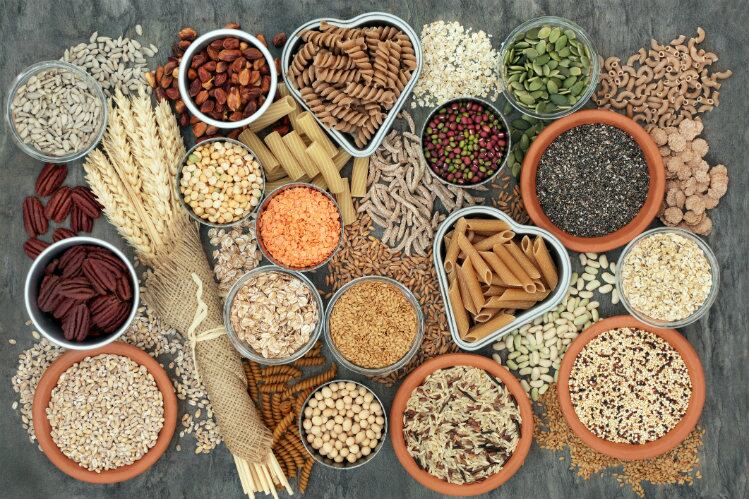
Most Americans consume less than half the amount of recommended daily fiber (28g for adults, up to 25g for children through age 6), perhaps due to a lack of convenience, perceived bad taste or budget constraints, said Zammer.
“Bay State has set out to change that paradigm by offering a white flour that makes great-tasting foods that deliver on convenience, taste and [are] an excellent source (20% of the daily value) of fiber from resistant starch. It makes it easy for people to eat what they want and garner the health benefits of fiber.”
The company also sells a wholewheat version.
Any product featuring this flour will be sold under Bay State’s license, though Arcadia’s other wheats will continue to be sold as GoodWheat.
HealthSense also lets food manufacturers create "a squeaky clean label" because it is a whole food fiber, not an additive, said Zammer.
Arcadia’s Reiter agreed the grain’s intrinsic fiber content changes things.
“In the past, if you were trying to do a high-fiber execution of a cracker, you might add a foreign kind of fiber like psyllium husk or banana fiber, or something that’s not necessarily wheat. But in this case, it’s just wheat, so the label is clean. It just happens to be a wheat that has a really high dietary fiber number associated with it,” she said.
Keeping wheat in people’s diets
“We certainly believe that the high-fiber [wheat] has the opportunity to bring wheat back into the diet,” said Reiter. “It’s never really disappeared because people love it, but having that high-fiber component delivered intrinsically through the wheat really changes what a food company can promise and execute – without having added fiber ingredients.”
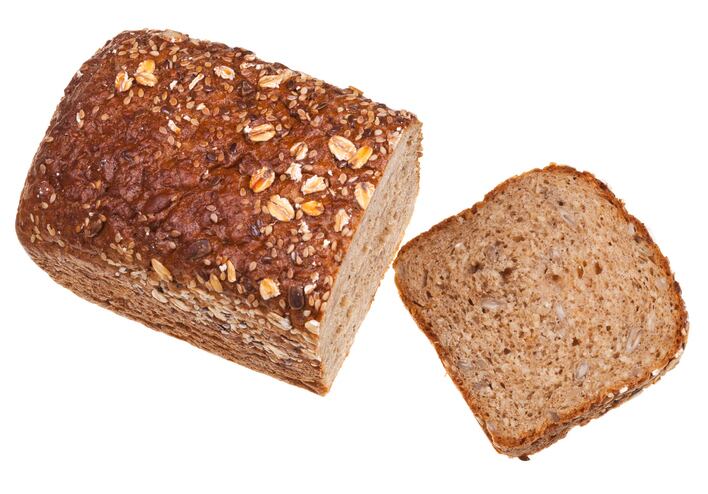
This strain contains high levels of amylose, a polysaccharide that increases resistant starch levels, according to Arcadia senior scientist Anne Slade.
“Because it is more resistant to digestion, you’re getting a slower release of glucose when you need it, so that has health benefits as well,” she told us, adding, “95% of Americans – and actually it’s a deficit throughout the world – don’t get their daily recommended amount of fiber.
“High amylose wheat can also be used as a wholegrain product [and] it can give benefit to white bread and increase [the] total amount of fiber.”
At IBIE, Arcadia featured the wheat in brownies, pasta and crackers – a thrill for a geneticist like Slade, who spent more than a decade in the lab to reach this point.
“We’ve known for a long time how to make the wheat, how to grow it, how to mill it,” added Reiter. “We’re actually feeding it to people today. Actually having people taste it and interact with it: it kind of brings it alive.”
People are starting to think about wheat as a value-added ingredient. Farmers like working with us because it is an opportunity to inject new value into a commodity that maybe for them isn’t so profitable otherwise.
Farmers grow wheat for a number of reasons – either because it’s in their heritage, [generations] before them grew wheat. But a lot of people grow wheat because it’s their alternation crop. Soil health depends on your ability to continually farm that same ground… so a lot of people have to grow wheat, and we think that should be something that they can make money doing.
In wheat, there’s no real leader or massive market shareholder in wheat seeds. It’s still a publicly improved crop. Nobody has a market-dominating position. You have a lot of freedom to work across a lot of different seeds and a lot of different growers. It almost forces us to go this far down the channel.
–Arcadia Biosciences' Sarah Reiter on the importance of bringing innovation to wheat
With tech intact, new products happen faster and more frequently
VP of research and development Randy Shultz, who joined the team in April after two decades in the field with Inari Agriculture and the Genome Editing Platform at Bayer Crop Science, said he gets most excited about the possibilities of bringing new ingredients to the fore more quickly than before.
“GoodWheat is a great example of how you can take a crop – take a consumer need or attribute that has value – and actually help to deliver that to the consumer and to the market in a directed way. The past 10 years have seen really significant advances in genetics, genomics, technology. In 10 to 12 years, this team has developed all these capabilities alongside [these products] that speed up the process,” he told us. This approach can now easily be applied to other crops.
“From a consumer perspective, that’s what’s exciting,” he said. “You have to demonstrate the value, make the connections, work with the millers. But you’ve sort of trailblazed the way to do that again and again and again, for different crops and different attributes.”
Slade added what once took two years to develop now takes one.
"The whole system is looking for this kind of innovation," continued Shultz. In terms of the 'future of food,' "people are talking about this. The commodity system doesn't enable new value to come in. It needs to be outside the big machine."

